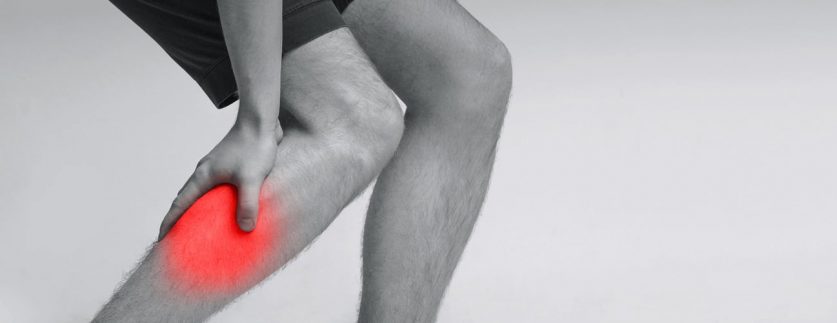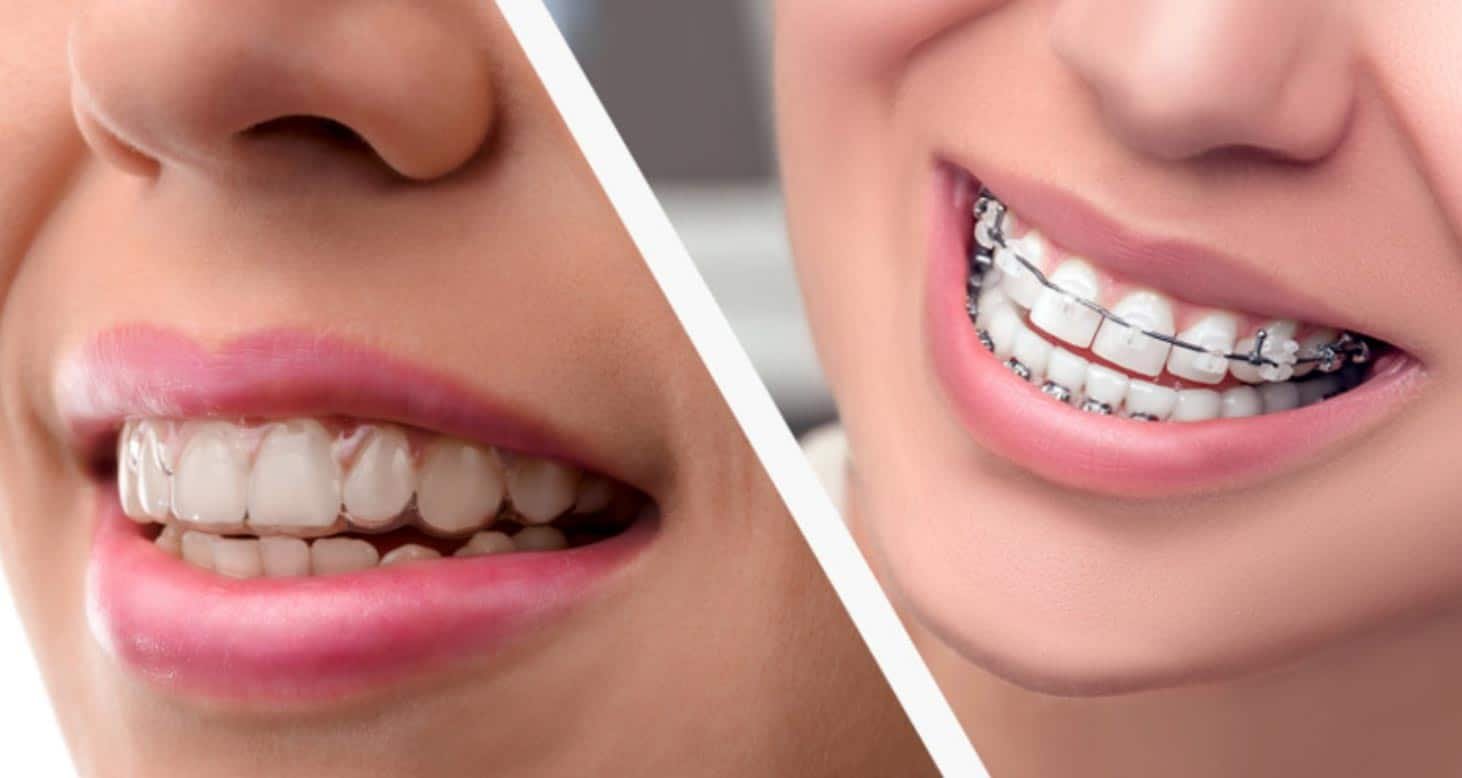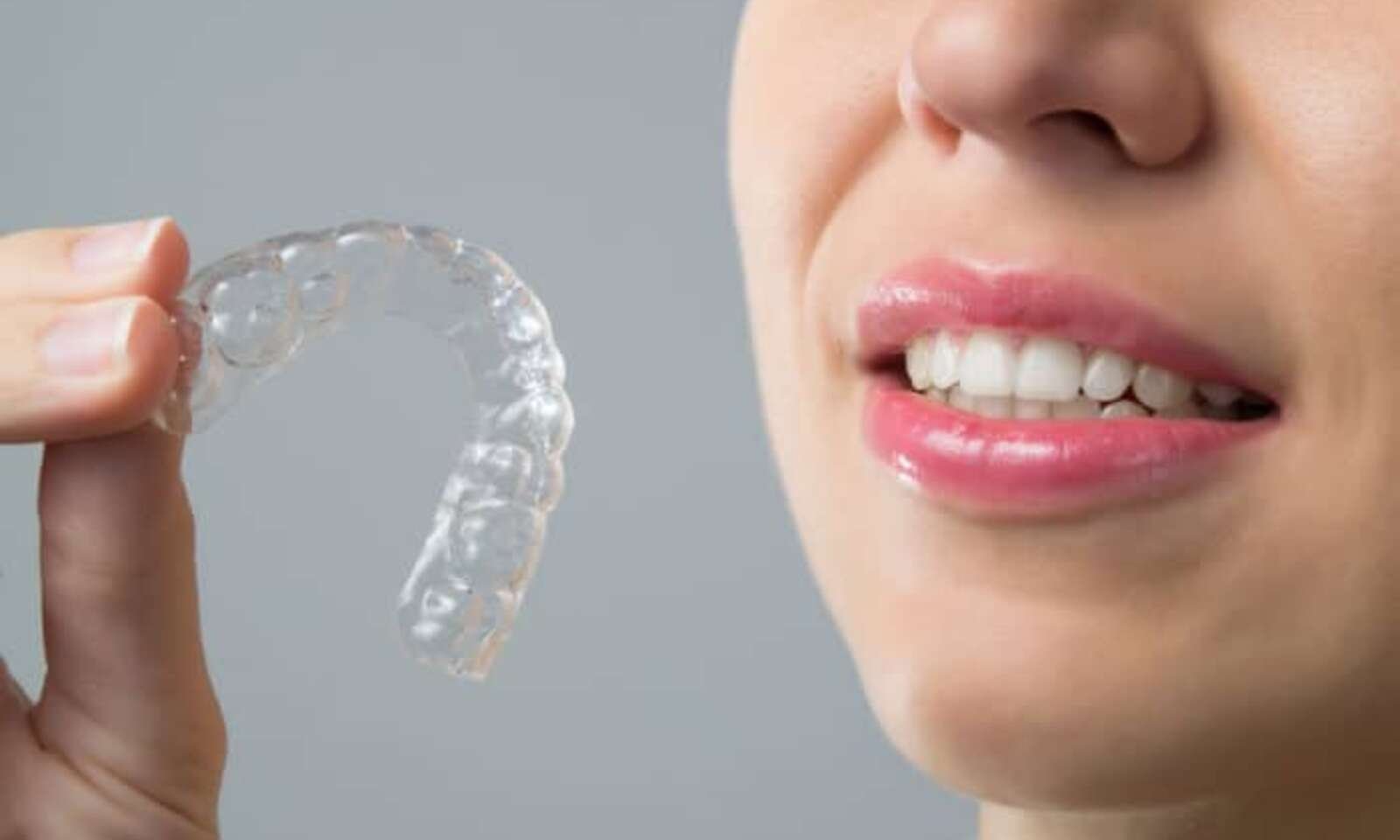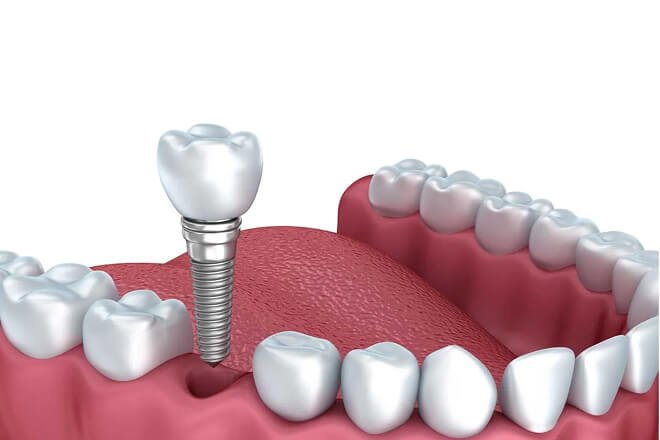What are the chances of peripheral arterial disease?
Peripheral arterial disease (PAD) is also known as peripheral vascular disease, which forms mainly in the legs, and narrows or blockages the vessels that carry oxygen and rich blood from the heart to the legs and arms. It is induced by the buildup of fatty plaque in the arteries, called atherosclerosis. It can occur in any blood vessel but is also found in the legs rather than the arms.
If PAD becomes extreme enough, it can block the blood flow, cause tissue death, and periodically lead to amputation of a leg. The primary threat factor for PAD is smoking, and older age conditions like diabetes, high blood cholesterol, high blood pressure, heart disease, and mind stroke can be reasons for PAD.
Thinking about “What is a Vein Specialist Called?” or “ what is a vein doctor called?”.
A doctor specializing in arterial and venous deficiency is a vein specialist. Vein specialists or vein doctors are trained and are board-certified.
What is a peripheral arterial disease (PAD)?
When you suffer from PAD, a fatty plaque that builds up from cholesterol, and other substances, forms inside your artery walls and slowly narrows your arteries.
Arteries have smooth lining walls that stop blood clotting and promote a steady blood flow.
But when you have a peripheral arterial disease, it breaks the wall, forming plaque, also called atherosclerosis,
The plaque that deposits outside is hard and soft inside. The hard surface can break or tear, allowing blood to clot and come to the area, forming blood to clot around the plaque and narrowing your artery.
The organs and other tissues will not get nourished if your arteries get blocked with plaque and blood clots and do not allow enough oxygen to flow and nutrients to your limbs. This causes damage or even death to the tissues and often occurs in the feet and toes.
What are the signs and symptoms of PAD?
The main symptom of PAD is discomfort or pain in the legs while performing physical activities, such as walking, which gets better after you rest. However, few people with PAD have no leg pain.
Signs and Symptoms of advanced PAD may include:
- A burning or aching pain, or cramps pain in your feet and toes while walking or resting, particularly at night while lying flat.
- Feeling cool, shiny skin on your feet.
- Redness or other color changes in your skin
- More recurring infections.
- Sores and ulcers on feet that don’t heal.
- Feeling absent pulses and numb toes.
You can develop more of this peripheral arterial disease when you include:
- Use tobacco products
- Having diabetes.
- Age older than 50.
- Having a family history of heart or blood vessel disease.
- Suffering from high blood pressure (hypertension).
- Having high cholesterol.
- Kidney disease
If left untreated, people with PAD can build severe health issues, including:
- Heart attack- You may have a heart attack because of permanent damage to your heart muscle caused by an insufficient blood supply to your heart for an extended time.
- Brain Stroke – When the blood flowing to your brain interrupts.
- Transient ischemic attack (TIA): A temporary stoppage in the blood supply to your brain.
- Renal artery disease or stenosis – A narrowing or blockage of the artery that provides blood to your kidney.
Conclusion:
Supervised practice of exercise programs will improve the signs of pain in your legs by walking, allowing you to walk farther. Knowing that you have risk factors for PAD may motivate you to take action to prevent PAD from developing. Visit your vein specialist if you find any symptoms related to vein disease.











